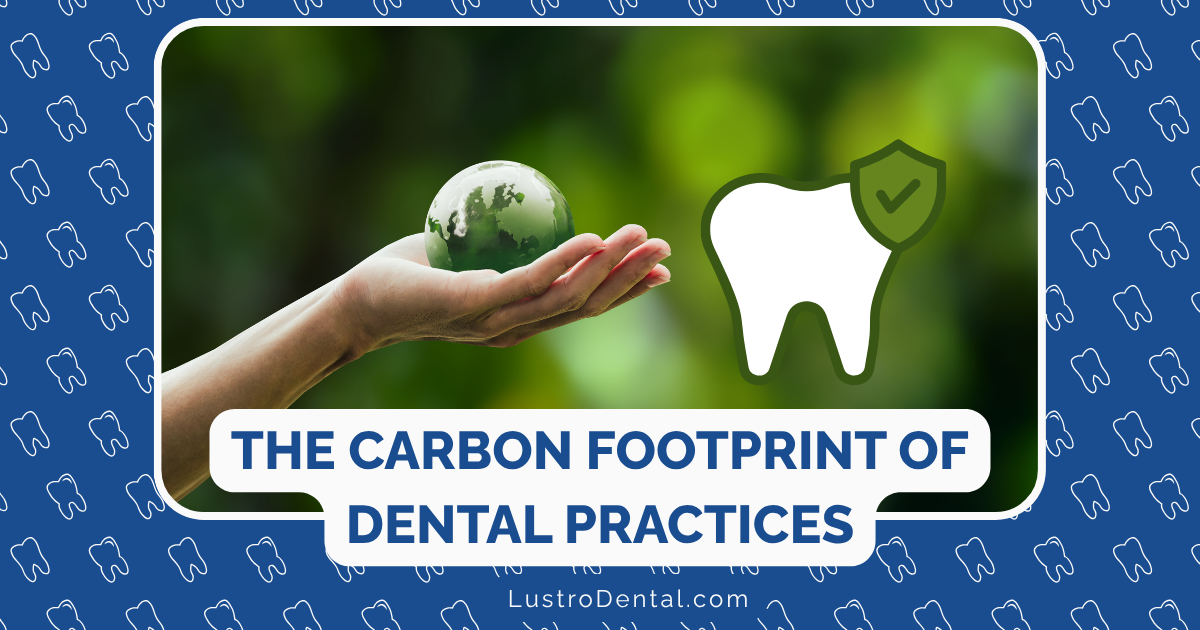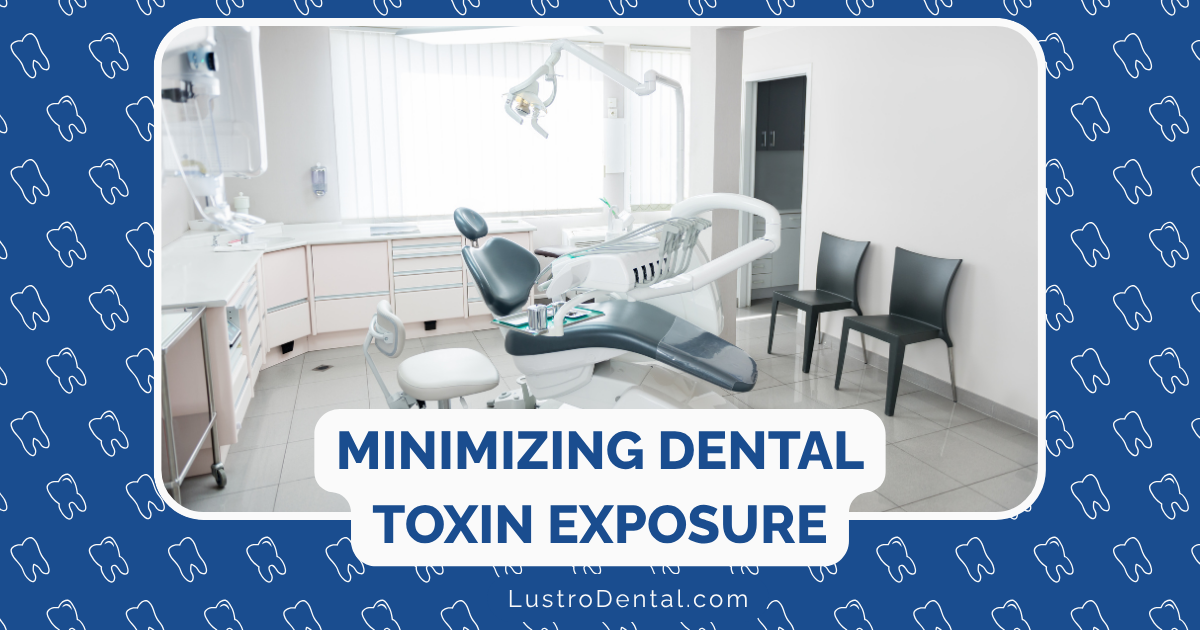Myofunctional Therapy: Effective Exercises to Improve Breathing and Oral Function

Have you ever noticed a child breathing through their mouth instead of their nose? Or perhaps you’ve been told you snore at night or have a tongue thrust that affects your speech? These issues might seem minor, but they can significantly impact oral development, sleep quality, and overall health. The good news? Myofunctional therapy offers a non-invasive approach to addressing these concerns through targeted exercises that retrain the muscles of the mouth, face, and throat.
As someone passionate about holistic dental health, I’ve seen remarkable improvements in patients who commit to myofunctional therapy. Let’s explore how these exercises work and how they might benefit you or your child.
What Is Myofunctional Therapy?
Myofunctional therapy is a program of specific exercises that target the muscles of the face, mouth, and throat. The word “myo” refers to muscle, and “functional” relates to how these muscles work. This therapy essentially retrains muscles that have developed improper patterns, helping to establish:
- Proper tongue resting position
- Nasal breathing (instead of mouth breathing)
- Correct swallowing patterns
- Improved facial muscle tone
- Better jaw alignment
According to the International Association of Orofacial Myology, these exercises can help address a range of issues from sleep-disordered breathing to speech problems and even certain orthodontic concerns.
Who Can Benefit from Myofunctional Therapy?
Myofunctional therapy can help people of various ages who experience:
- Mouth breathing habits (daytime or during sleep)
- Sleep-disordered breathing including snoring and sleep apnea
- Speech difficulties, particularly with certain sounds
- Tongue thrust (when the tongue pushes against or between teeth during swallowing)
- TMJ disorders (jaw pain and dysfunction)
- Orthodontic relapse (teeth moving back after braces)
- Poor oral rest posture (improper position of lips, tongue, and jaw at rest)
Research published in the Sleep Medicine Reviews journal found that myofunctional therapy reduced apnea severity by approximately 50% in adults and 62% in children. It also reduced snoring in 65% of participants.
The Connection Between Breathing and Oral Function
Before diving into the exercises, it’s important to understand the profound connection between breathing and oral function. Our bodies are designed to breathe through the nose, which:
- Filters, warms, and humidifies air
- Produces nitric oxide, which improves oxygen absorption
- Encourages proper tongue position and facial development
When we breathe through our mouths instead, it can lead to:
- Altered facial growth and development
- Improper tongue positioning
- Increased risk of dental issues like malocclusion (improper bite)
- Greater likelihood of sleep disorders
- Dry mouth and associated oral health problems
A study in the Journal of Oral Rehabilitation found that correcting breathing patterns through myofunctional therapy had positive effects on dental development and facial structure, especially in growing children.
Essential Myofunctional Therapy Exercises
Let’s explore some effective exercises that form the foundation of myofunctional therapy programs. For best results, these should be performed consistently under the guidance of a trained myofunctional therapist who can tailor a program to your specific needs.
1. Establishing Proper Tongue Resting Position
The correct resting position for your tongue is crucial—it should rest entirely on the roof of your mouth, with the tip just behind (but not touching) your upper front teeth.
“Spot Check” Exercise:
- Close your lips gently without forcing them shut
- Place the tip of your tongue on the spot (a small bump behind your upper front teeth)
- Spread the rest of your tongue across the roof of your mouth
- Hold for 5 minutes while breathing through your nose
- Practice several times daily until this position becomes automatic
2. Tongue Strengthening Exercises
A strong tongue that can maintain proper position is essential for nasal breathing and correct swallowing.
“Push-Up” Exercise:
- Open your mouth slightly
- Press your entire tongue firmly against the roof of your mouth
- Hold for 5 seconds, then relax
- Repeat 10 times, 3 times daily
“Tongue Sweep” Exercise:
- Place the tip of your tongue on the spot behind your upper front teeth
- Sweep your tongue backward along the roof of your mouth as far as comfortable
- Hold for 2 seconds, then return to the starting position
- Repeat 10 times, twice daily
3. Lip and Facial Muscle Exercises
Strong, active lip muscles help maintain a proper lip seal, which is crucial for nasal breathing.
“Button Pull” Exercise:
- Tie dental floss through a button (about the size of a quarter)
- Place the button between your lips (not teeth)
- Hold the button with your lips while someone gently pulls on the floss
- Resist the pulling for 10 seconds
- Rest and repeat 5 times
“Lip Seal” Exercise:
- Place a thin strip of paper between your lips
- Close your lips to hold the paper in place
- Maintain this seal for 2 minutes while breathing through your nose
- Work up to 5 minutes over time
4. Proper Swallowing Technique
Many people with oral dysfunction push their tongue against or between their teeth when swallowing (tongue thrust), which can affect teeth alignment.
“Spot Swallow” Exercise:
- Place a small amount of water in your mouth
- Position your tongue tip on the spot behind your upper front teeth
- Swallow while keeping your tongue tip in contact with this spot
- Practice without water once you’ve mastered the technique
“Dry Swallow with Tongue Up” Exercise:
- Empty your mouth of saliva
- Place your entire tongue on the roof of your mouth
- Swallow while keeping your lips closed and teeth slightly apart
- Check that your facial muscles remain relaxed
5. Breathing Retraining Exercises
These exercises help establish nasal breathing patterns.
“Alternate Nostril Breathing” Exercise:
- Sit comfortably with your spine straight
- Close your right nostril with your right thumb
- Inhale slowly through your left nostril
- Close your left nostril with your ring finger
- Release your right nostril and exhale
- Inhale through your right nostril
- Close right nostril, release left, and exhale
- Repeat for 5 minutes daily
“Breathing Awareness” Exercise:
- Place one hand on your chest and one on your abdomen
- Breathe normally through your nose
- Focus on making your abdomen rise more than your chest
- Practice for 5 minutes, several times daily
6. Exercises for Jaw Stability
A stable jaw position supports proper breathing and tongue positioning.
“Goldfish Exercise” (Partial Opening):
- Place your tongue on the roof of your mouth
- Place one finger on your TMJ (joint in front of your ear)
- Place another finger on your chin
- Drop your lower jaw halfway while keeping your tongue up
- Close your mouth
- Repeat 10 times, twice daily
Creating an Effective Myofunctional Therapy Routine
For best results, follow these guidelines:
- Consistency is key: Practice exercises daily, ideally at the same times each day to establish a routine.
- Quality over quantity: Performing exercises correctly is more important than doing many repetitions.
- Integrate into daily life: Use visual cues around your home or workplace to remind yourself to check your tongue position and breathing throughout the day.
- Track progress: Keep a journal noting improvements in breathing, sleep quality, and any changes in oral function.
- Professional guidance: Work with a qualified myofunctional therapist who can customize exercises to your specific needs and monitor your progress.
What to Expect: Timeline and Results
Myofunctional therapy is not a quick fix but rather a retraining process that takes time and commitment. According to the American Academy of Physiological Medicine & Dentistry, patients typically follow a structured program for 6-12 months.
You might notice some improvements relatively quickly:
- Reduced mouth dryness within days of establishing nasal breathing
- Improved awareness of tongue position within 1-2 weeks
- Reduced snoring within 2-4 weeks of consistent practice
More significant changes take longer:
- Automatic nasal breathing (3-6 months)
- Corrected swallowing patterns (4-8 months)
- Changes in facial muscle tone (6-12 months)
Success Story: Sarah’s Journey
Sarah, a 34-year-old patient, came to my practice complaining of chronic fatigue, frequent headaches, and jaw pain. Examination revealed she was a habitual mouth breather with a low tongue posture. After committing to a 9-month myofunctional therapy program, Sarah experienced:
- Complete transition to nasal breathing
- Resolution of her morning headaches
- Significant improvement in sleep quality
- Reduced jaw pain
- Improved posture
“I never realized how much my breathing pattern was affecting my overall health,” Sarah shared. “The exercises were simple but required consistency. Now, proper tongue position and nasal breathing feel completely natural to me.”
Finding a Qualified Myofunctional Therapist
For personalized guidance, consider working with a certified myofunctional therapist. These professionals may have backgrounds in:
- Speech-language pathology
- Dental hygiene
- Dentistry
- Physical therapy
Look for credentials from organizations like the International Association of Orofacial Myology or the Academy of Orofacial Myofunctional Therapy.
Complementary Approaches
Myofunctional therapy works best as part of a comprehensive approach that may include:
- Addressing structural issues: Working with dentists or orthodontists to correct significant malocclusions or restricted frenulums (tongue-ties)
- Sleep hygiene improvements: Establishing regular sleep schedules and creating an optimal sleep environment
- Posture training: Improving overall body posture, which influences breathing patterns
- Stress reduction techniques: Incorporating practices like mindfulness meditation, which can help regulate breathing
When to Expect Results and When to Seek Additional Help
While myofunctional therapy is effective for many people, it’s important to have realistic expectations and know when additional interventions might be needed.
Consider seeking additional help if:
- You see no improvement after 2-3 months of consistent practice
- You experience increased pain or discomfort with exercises
- Sleep-disordered breathing symptoms worsen
- You have difficulty performing exercises correctly despite guidance
Conclusion: A Path to Better Breathing and Oral Health
Myofunctional therapy offers a natural, non-invasive approach to improving breathing patterns and oral function. By strengthening and retraining the muscles of the face, mouth, and throat, these exercises address the root causes of many issues rather than just treating symptoms.
Whether you’re dealing with mouth breathing, sleep-disordered breathing, or other oral dysfunction, committing to a consistent practice of myofunctional exercises could be a significant step toward better health. Remember that these exercises complement (not replace) appropriate dental and medical care, and the best results come from working with qualified professionals who can tailor a program to your specific needs.
Have you tried myofunctional therapy exercises? What was your experience? Share your journey in the comments below.
Disclaimer: This article is for informational purposes only and does not constitute medical advice. Always consult with qualified healthcare providers before beginning any exercise program or treatment approach.







